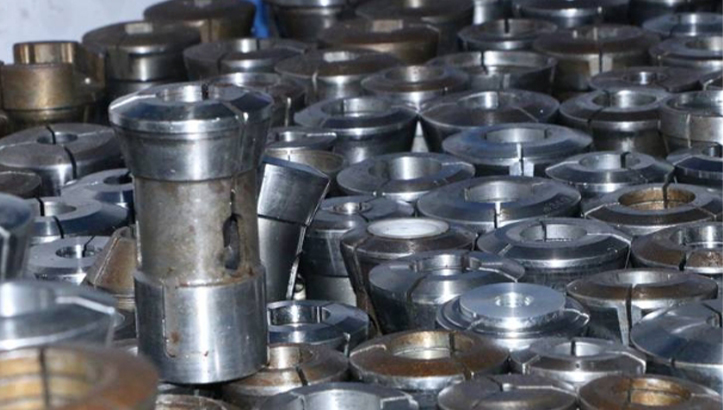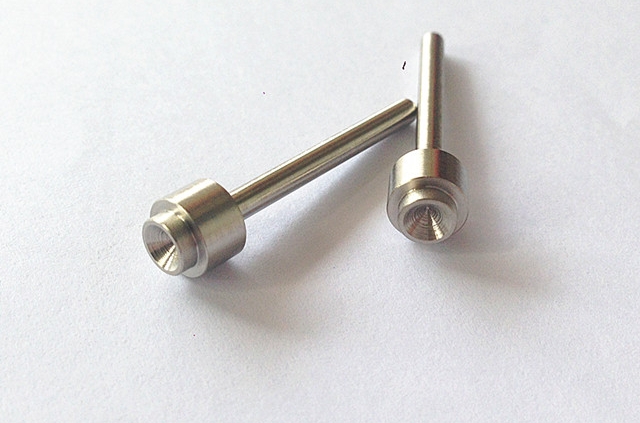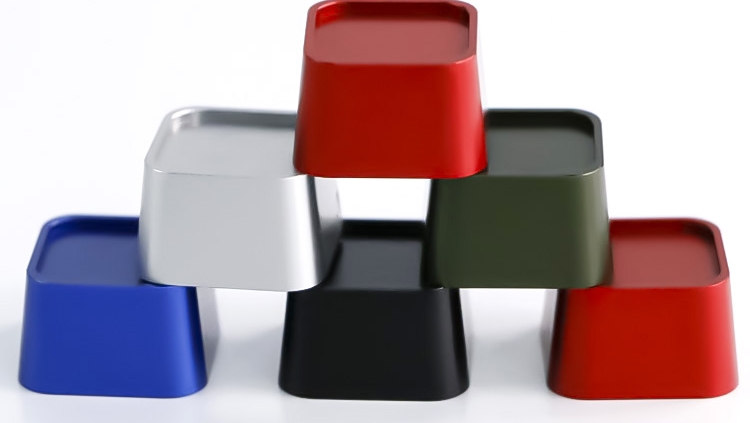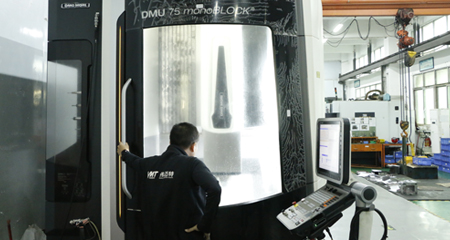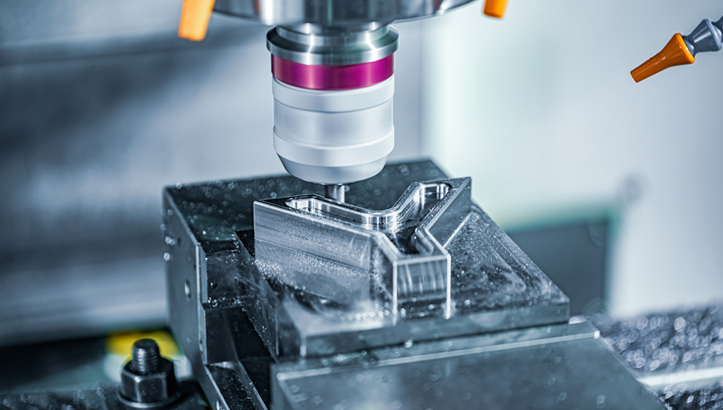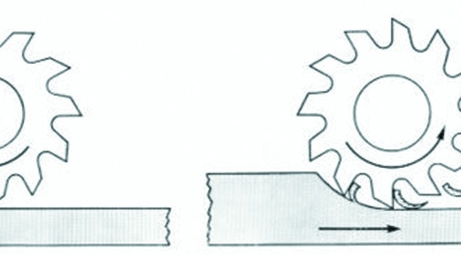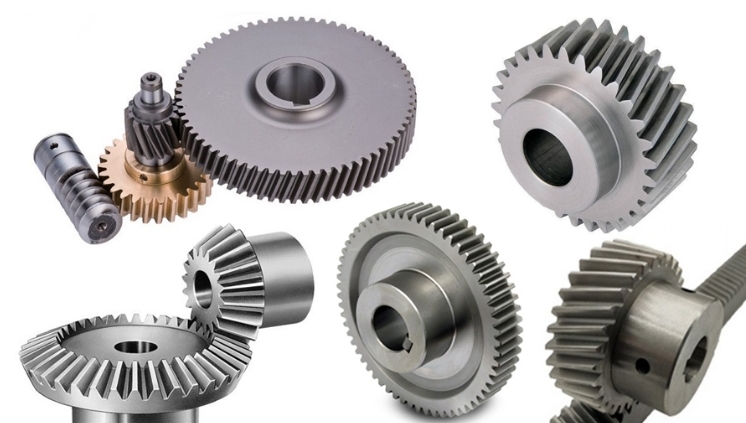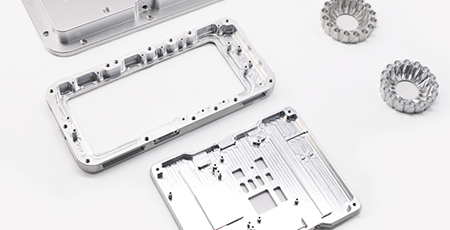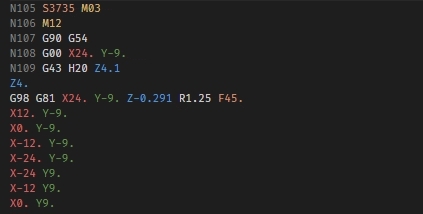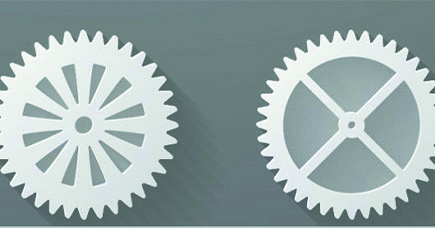CNC fixtures are used in various machining applications, including milling, drilling, and turning. By preventing workpiece movement, they enable precise and repeatable results, which is critical in high-volume production and complex designs. Without these fixtures, machining processes would lack the stability and precision required in modern manufacturing.
Cast aluminum is lightweight, corrosion-resistant, and easy to machine, making it ideal for applications needing mobility and efficient heat dissipation. In contrast, cast iron is stronger, more wear-resistant, and retains heat better, making it suitable for heavy-duty uses like engine blocks and cookware. The choice depends on application needs, cost, and environmental factors.
Cast aluminum is brittle primarily due to its microstructure, which is formed during the casting process. The rapid cooling and solidification often result in uneven grain distribution and the presence of impurities or porosity. These factors, combined with aluminum’s inherent properties, lead to reduced ductility and increased susceptibility to cracking under stress.
Whether you’re designing complex parts for the aerospace industry, automotive applications, or intricate medical devices, VMT offers state-of-the-art 5 Axis CNC machining services that deliver precision and efficiency.
CNC milling costs depend on various factors like material, complexity, size, and machining time. On average, it ranges from $50 to $200 per hour, with more advanced projects demanding higher fees. For precise estimates, request a detailed quote considering all specific project needs.
Understanding the differences between climb milling and conventional milling is key to achieving optimal machining results. Climb milling offers a precise cutting action, providing smoother finishes and reduced tool wear, making it ideal for high-precision tasks. In contrast, conventional milling is better suited for roughing operations and tougher materials, particularly on older machines.
CNC machining is a highly efficient process that allows for the production of gears with exceptional accuracy. It is capable of creating a variety of gears, including spur, helical, bevel, and worm gears, all of which are crucial in different applications.
At VMT, we specialize in delivering high-precision CNC aluminum machining parts for industries around the world. With over 14 years of experience, advanced machinery, and a commitment to quality, we provide aluminum machining services tailored to your specific needs.
G-Code is a programming language used to control CNC machines. It gives instructions to CNC machines on how to move along specified paths in three-dimensional space, determining the speed, position, and depth of cuts.
While nylon is a type of polyamide, their performance in CNC machining can differ significantly. Both materials have excellent mechanical properties, but nylon offers better elasticity, while polyamide materials such as PA66 provide superior strength and durability. Understanding these differences is key when selecting the best material for high-precision machined components.

